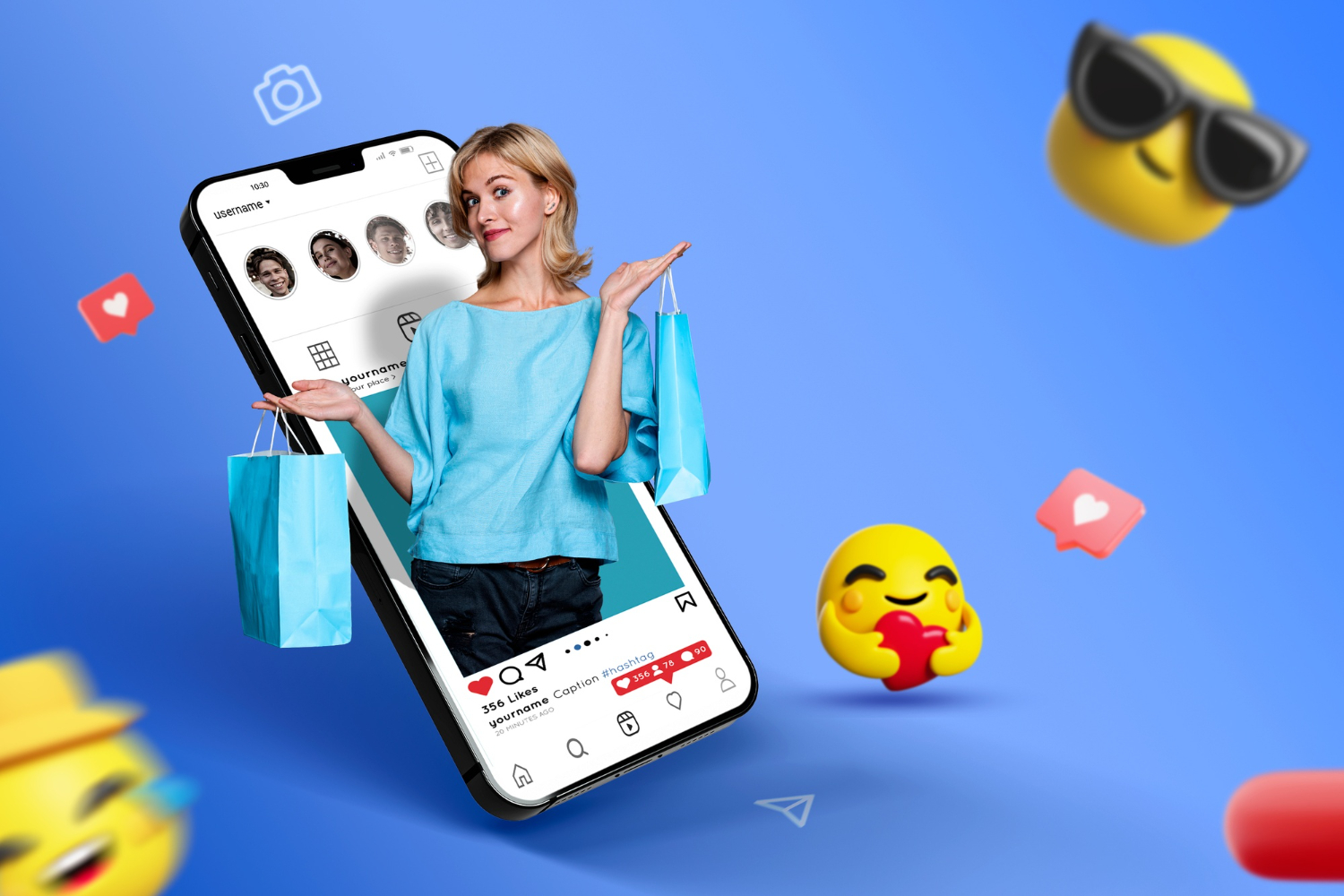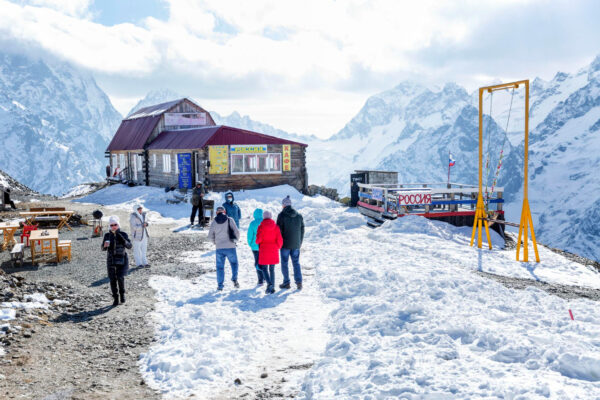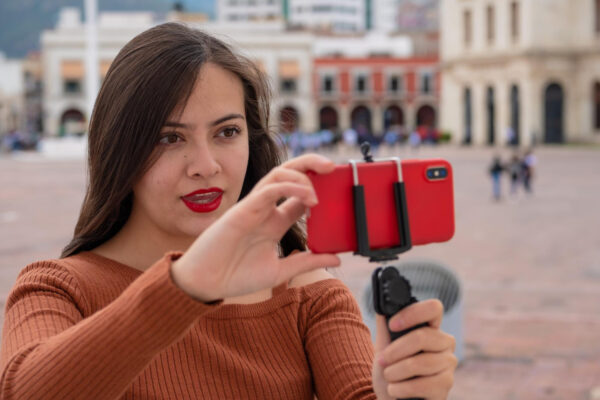

How Social Media is Changing the Fashion Landscape in India
Social media has become a game-changer in various industries, and the fashion landscape in India is no exception. With millions of users actively engaging on platforms like Instagram, Facebook, YouTube, and Pinterest, social media has transformed the way fashion is consumed, marketed, and even created. From influencer collaborations to instant trend adoption, social media has revolutionized the Indian fashion industry. This blog explores how social media is reshaping fashion in India and what this means for designers, brands, and consumers.
The Rise of Digital Fashion Influencers
One of the most significant ways social media has impacted fashion in India is through the rise of digital influencers. Earlier, fashion trends were dictated by high-end designers and Bollywood celebrities. However, today, influencers with massive followings on Instagram and YouTube have become trendsetters. They review products, showcase styling tips, and create engaging content that resonates with audiences across different demographics.
Fashion influencers such as Komal Pandey, Masoom Minawala, and Diipa Khosla have built strong personal brands and collaborate with top fashion labels, bringing global trends to Indian audiences. Their relatability and authenticity attract consumers who trust their opinions more than traditional advertising.
Democratization of Fashion Trends
Social media has made fashion more accessible than ever before. Earlier, luxury brands and designer collections were limited to elite customers, but today, fashion is more inclusive. Through social media platforms, people can access international trends in real-time and recreate them affordably. Hashtags like #OOTD (Outfit of the Day) and #DesiStyle have helped fashion enthusiasts showcase their style and gain recognition.
Additionally, small and independent fashion brands have found a voice through platforms like Instagram and Facebook, enabling them to reach a wider audience without needing a massive marketing budget. This democratization allows emerging designers to compete with established brands on an even playing field.
E-Commerce Integration and Social Shopping
With the rise of Instagram Shopping and Facebook Marketplace, social media has become a significant sales channel for fashion brands. Consumers no longer need to visit physical stores; they can browse collections, compare prices, and even make purchases directly through social media apps. This seamless shopping experience has changed consumer behavior, leading to impulse purchases and increased brand loyalty.
Moreover, influencer-driven shopping trends, such as Instagram’s “swipe up” feature and YouTube’s affiliate marketing links, have simplified the purchasing process. Fashion brands are leveraging social media to drive traffic to their e-commerce websites, boosting sales like never before.
Fast Fashion and Microtrends
Social media has accelerated the pace of fashion trends, giving rise to microtrends that change rapidly. Unlike earlier when trends lasted for a season, today, new styles emerge almost every week. Platforms like TikTok and Instagram Reels have contributed to this shift, where a single viral post can set off a new fashion craze overnight.
However, this fast-paced nature of fashion has led to concerns regarding sustainability. While brands rush to keep up with demand, many are also shifting towards ethical and sustainable practices. Social media has given rise to movements like #SlowFashion and #VocalForLocal, encouraging consumers to make responsible fashion choices.
The Impact on Traditional Indian Fashion
Social media has played a crucial role in reviving and modernizing traditional Indian fashion. Designers and artisans use platforms to showcase handloom textiles, embroidery techniques, and heritage craftsmanship. Brands like Sabyasachi and Raw Mango have successfully leveraged social media to bring Indian ethnic wear into mainstream fashion, appealing to both domestic and international audiences.
Additionally, the popularity of fashion bloggers and influencers has led to a fusion of traditional and contemporary styles. Younger generations are now experimenting with Indo-western fashion, making traditional Indian clothing more versatile and trendy.
The Role of Augmented Reality (AR) and AI in Fashion
Social media platforms are incorporating innovative technologies like Augmented Reality (AR) and Artificial Intelligence (AI) to enhance user experiences. Virtual try-ons, AI-based personalized recommendations, and digital fashion shows are making fashion more interactive and engaging. For instance, Snapchat and Instagram filters allow users to experiment with makeup and fashion looks before making a purchase.
Brands like Myntra and Ajio are investing in AI-powered chatbots and virtual stylists, making online shopping more convenient. As technology continues to evolve, the Indian fashion industry is expected to embrace more digital advancements, further transforming the landscape.
Challenges and Future Prospects
While social media has undoubtedly brought numerous advantages to the Indian fashion industry, it also presents challenges. The pressure to maintain an online presence, the risk of plagiarism, and the impact of cancel culture can be overwhelming for brands and influencers. Moreover, misinformation and unrealistic beauty standards on social media can affect consumer perception and self-esteem.
However, the future of fashion in India looks promising, with social media continuing to drive innovation. Brands that embrace sustainability, authenticity, and inclusivity will thrive in this digital era. As technology advances, we can expect even more immersive shopping experiences, stronger brand-consumer relationships, and a fashion industry that is more dynamic than ever.
Conclusion
Social media has revolutionized the fashion landscape in India by making trends more accessible, amplifying influencer culture, and transforming shopping habits. From democratizing fashion to promoting sustainability, social media is reshaping the industry in ways that were unimaginable a decade ago. As Indian fashion continues to evolve, brands and designers must adapt to this digital transformation to stay relevant in the ever-changing world of social media-driven fashion.

Leena is a passionate writer specializing in fashion and eCommerce blogs. With a flair for trends and a deep understanding of online shopping, she crafts engaging content that informs and inspires. When not writing, she’s exploring the latest styles, discovering new brands, and staying ahead of industry trends.















